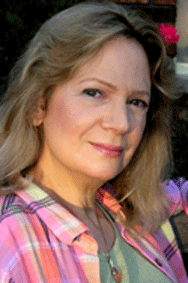Don’t be confused by the blurring lines between memoirs and autobiographies in recent literature. They differ in several ways. Autobiographies have more constraints in their structure, needing to be chronologically complete, detailed and factual. Memoirs are allowed personal and artistic liberties in determining what and how to tell about selected moments of one’s life.
In Gore Vidal’s memoir, Palimpsest, he defined the two genres this way: “a memoir is how one remembers one’s own life, while an autobiography is history, requiring research, dates, facts double-checked.” By this comparison, you might assume an autobiography reads more like a dry textbook while a memoir is more like a rousing novel. Truth is that the success or failure of either format falls squarely on the writing. That’s what will turn you on or off to the person at the heart of the story.
There is a hybrid today that goes back to memoirs typically seen in the 1800s-early 1900s, wherein they were usually about someone’s relationship with someone else of equal or greater renown. Only in the late 20th century did people start writing memoirs about themselves — and labeling their works as “memoirs” in their titles.
In the past two years, I’ve been involved with two such hybrids: Searching for My Father, Tyrone Power by Romina Power and The Baron of Mulholland: A Daughter Remembers Errol Flynn by Rory Flynn. Two accomplished women writing about their even more famous fathers. Their access to people, documents and information about their famous fathers allowed them to effectively infuse the memoir/biography hybrid format with information, photos and personal opinions that previous books and other media couldn’t approach.
Although the hybrid concept was the same, Romina and Rory approached their books differently. Searching for My Father, Tyrone Power uses more historical information to show the origins of the Power theatrical legacy and interviews with people who lived with or worked with her father. She uses memoir to explain how she came to learn about her father. Photos, divided into three segments within the book, support the chronology of generations of the family with the primary focus on the life of Romina’s father (one of several successful Tyrone Powers over the centuries).
The Baron of Mulholland is a handsomely produced coffee table format book, filled with personal photos and reproductions of Errol Flynn’s handwritten personal correspondence. The emphasis of Rory’s book is her parents’ relationship and her own recollections of her father. She also devotes considerable space to her famous brother, Sean Flynn, a noted photographer who died while on assignment in wartime Cambodia.
Through a similar hybrid concept but using different storytelling approaches, Romina Power and Rory Flynn deliver very personal stories about very public men. The Baron of Mulholland will be on sale when Rory Flynn appears at BOOKS ‘n’ BOTTLES™ on May 16th and at the Pickwick Theatre on May 17th.

